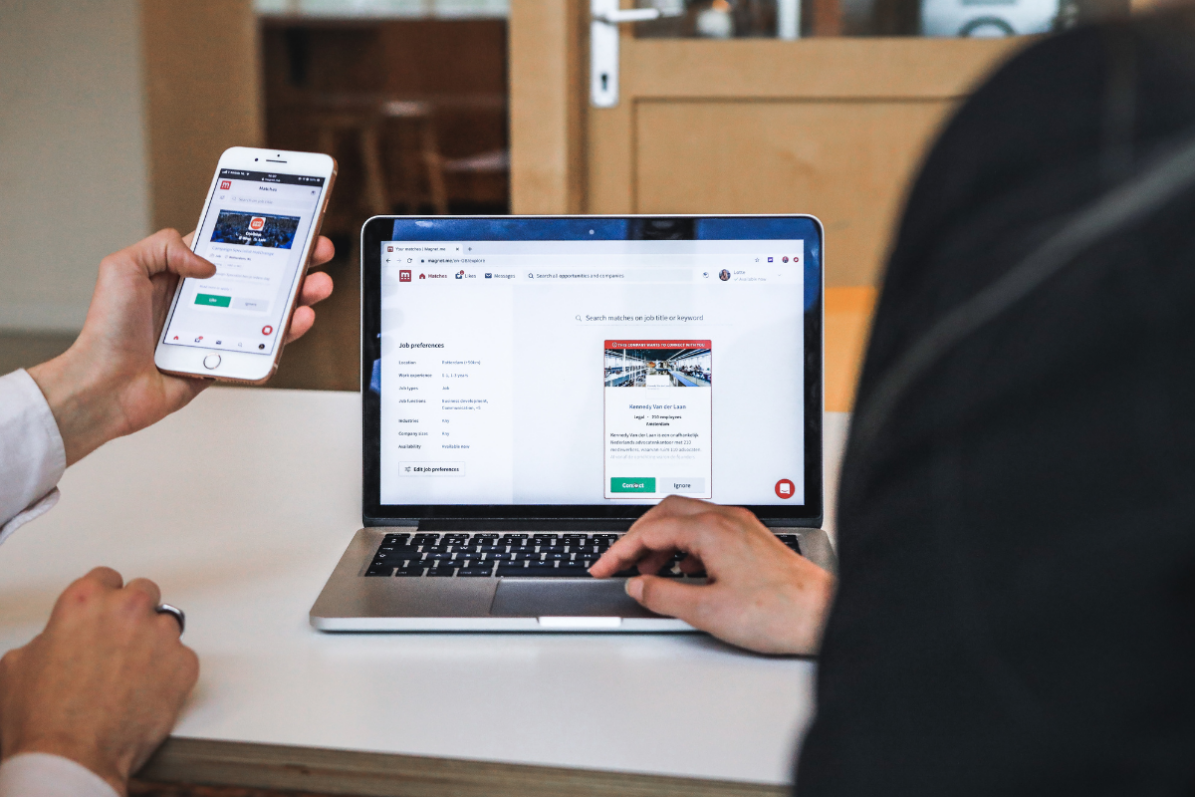
In today’s workplace, employees expect the freedom to work from anywhere—on the devices they already own. Bring Your Own Device (BYOD) programs deliver on that expectation by boosting productivity, reducing hardware costs, and improving employee satisfaction. However, BYOD also introduces new challenges: how do you protect sensitive business data when it’s accessed from personal devices? That’s where Microsoft Intune steps in.
What is Microsoft Intune?
Microsoft Intune is a cloud-based endpoint management solution that empowers IT teams to securely manage devices, applications, and data. With Intune, organizations can:
- Enforce security policies across corporate apps and devices
- Control access to sensitive resources
- Separate business and personal data on the same device
This makes Intune an ideal solution for BYOD management, giving companies the security they need without compromising employee privacy.
Why BYOD + Intune Is a Winning Combination
1. Security Without Sacrificing Privacy
One of the biggest concerns employees have with BYOD is that IT might gain full visibility into their personal device. Microsoft Intune addresses this with Mobile Application Management (MAM) without enrollment. IT can protect company apps like Outlook, Teams, and SharePoint—without touching personal photos, messages, or apps.
2. Conditional Access with Microsoft Entra
When Intune is integrated with Microsoft Entra (formerly Azure Active Directory), organizations can enforce conditional access policies. Only compliant devices or approved apps can connect to corporate resources. For example:
- Devices missing encryption or a PIN lock can be blocked until secured
- Unmanaged apps cannot access company data
Learn more in Microsoft’s guide on conditional access.
3. App Protection Policies
With Intune, administrators can set app-level policies that protect company information, such as:
- Preventing copy/paste from Outlook into personal apps
- Requiring multi-factor authentication (MFA) to open work apps
- Encrypting locally stored corporate data
See how this works in Microsoft’s app protection policies overview.
4. Seamless User Experience
For employees, using Intune is almost invisible. They download their work apps, log in with their corporate account, and the necessary protections are automatically applied. Personal apps and data remain completely private.
Best Practices for Managing BYOD with Intune
To get the most from your BYOD program, consider these Intune best practices:
- Define Clear BYOD Policies:Be transparent about what IT can and cannot access. This builds trust and encourages adoption. Refer to NIST BYOD guidelines (SP 800-114) for recommended policy frameworks.
- Start with MAM-Only:If full device enrollment feels too restrictive, begin with application-level management. It’s less intrusive but still highly effective.
- Educate End Users:Provide easy-to-follow instructions for installing company apps or enrolling devices. A smooth onboarding process improves compliance.
- Monitor and Adapt:Use Intune’s reporting and analytics to identify where policies may need fine-tuning based on real-world employee feedback. For broader security strategy, NIST’s Mobile Device Security (SP 1800-22) is an excellent resource.
Ready to Take Control of BYOD in Your Organization?
BYOD is no longer just a trend—it’s the new standard for modern workplaces. But without proper safeguards, it can expose your business to significant risks. Microsoft Intune provides the perfect balance of flexibility and security, allowing employees to use the devices they prefer while keeping your company’s data safe.
Our team can help you design, implement, and manage a secure BYOD program with Microsoft Intune. Contact IT Acceleration today to get started.
